The Problem
Millions of people in Southern Africa live in rural areas and depend on livestock farming for their livelihood. Livestock diseases and theft does not only affect the farmers, but the entire community as well the local economy and food security. In 2015/2016 their was approximately 25000 reported cases of livestock theft in South Africa. The real number is much worse, since it is estimated that 70% of actual cases are never reported, due to a lack of faith in law enforcement. (Source) This all adds up to a total cost to the economy of R 870,000,000 (US $68,000,000).
How theft takes place depends on the type of livestock. Cattle are often simply slaughtered in the field at night and the carcasses are cut up and loaded onto pickup trucks. Sheep and goats are usually just tied up and loaded onto small trucks or crammed into the back of a pickup.
Serious health problems can often be avoided by detecting the signs, early and treating it quickly. Unfortunately giving every single animal a daily health check is simply not possible.
Project Goals
Develop a system of network connected wireless tags that can be worn by livestock that monitors their health, activity and movement and can detect when theft is taking place.
While there are systems available that aim to address the problems listed above they tend to be expensive to implement and not necessarily effective in actually solving the problem. My aim is to create an open source, affordable, solution that is accessible to just about anyone, even the small scale subsistence farmer with a few animals.
This would allow the farmer to more efficiently protect and take care of his animals, irrespective of the number. Breeding and health of a herd can be improved based on the data collected, helping to even out the playing field between small and large scale farmers. Livestock theft would be discouraged, and assist in apprehending thieves and dismantle syndicates whose actions not only negatively affect the farmer, but also the wider economy. Increased costs to the farmer translates into increased food and other animal product prices, which affects everyone, especially people living in poverty. In short, happy farmers mean happy communities and better economic growth.
For the system to be viable, it would have to meet the following requirements:
- Low Cost: It must be affordable and worth the investment to the people who really need it
- Adaptable: The system should be adaptable to whatever livestock type and circumstances it is needed for
- Low maintenance:The system should not require regular battery changes or repair.
- Durable: The tags will have to endure being worn by livestock in harsh field conditions
- Smart: The system must be able to efficiently analyse data and quickly detect any health issues or theft.
Concept Design
Individual animals will be equipped with low power wireless sensor modules, in the form of a collar or ear tag. These modules will consist of a micro controller, sub-Ghz radio, and a host of sensors. The sensors will be able to detect movement (accelerometer), body temperature, heart rate and location (GPS). The module will be optimised for low power usage allowing it to operate on battery power and/or energy harvesting (super caps and solar/piezoelectric/thermoelectric generators) for extended periods of time (months-years).
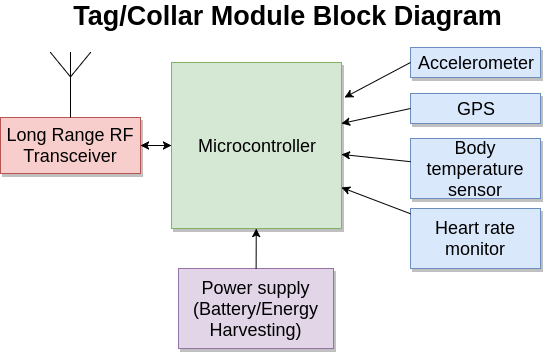
The data collected from these sensors will be transmitted to solar powered collectors that are deployed in the field. The collectors will relay the data to a base station which will upload the data to the cloud that will handle analysis, to send the farmer or farm workers alerts when needed and allow them to view the data. If reliable GSM coverage is available in the area, the collectors can upload the data directly to the cloud, omitting the need for a central base station.
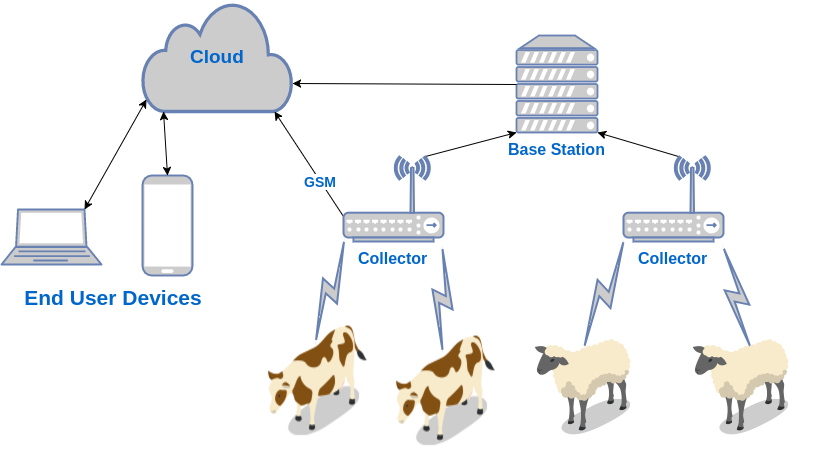
Licenses
- Published work for this project licensed under Creative Commons Share-alike 4.0, unless where otherwise specified
- Texas Instruments Sensor Tag and Launchpad Terms...
 Danie Conradie
Danie Conradie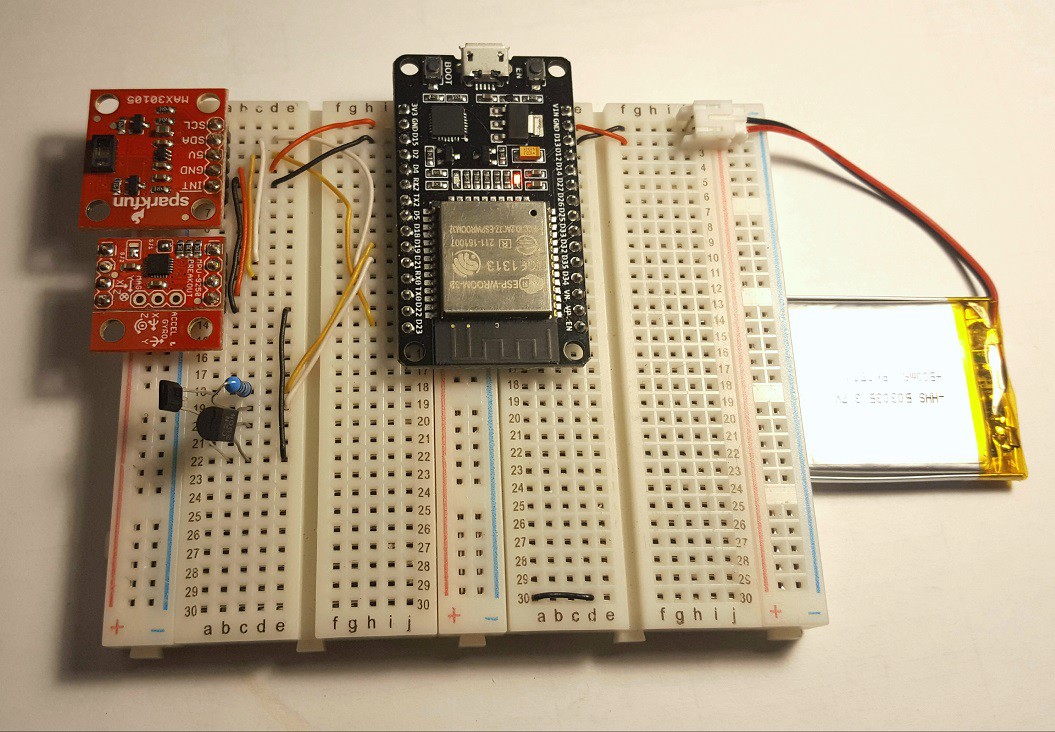
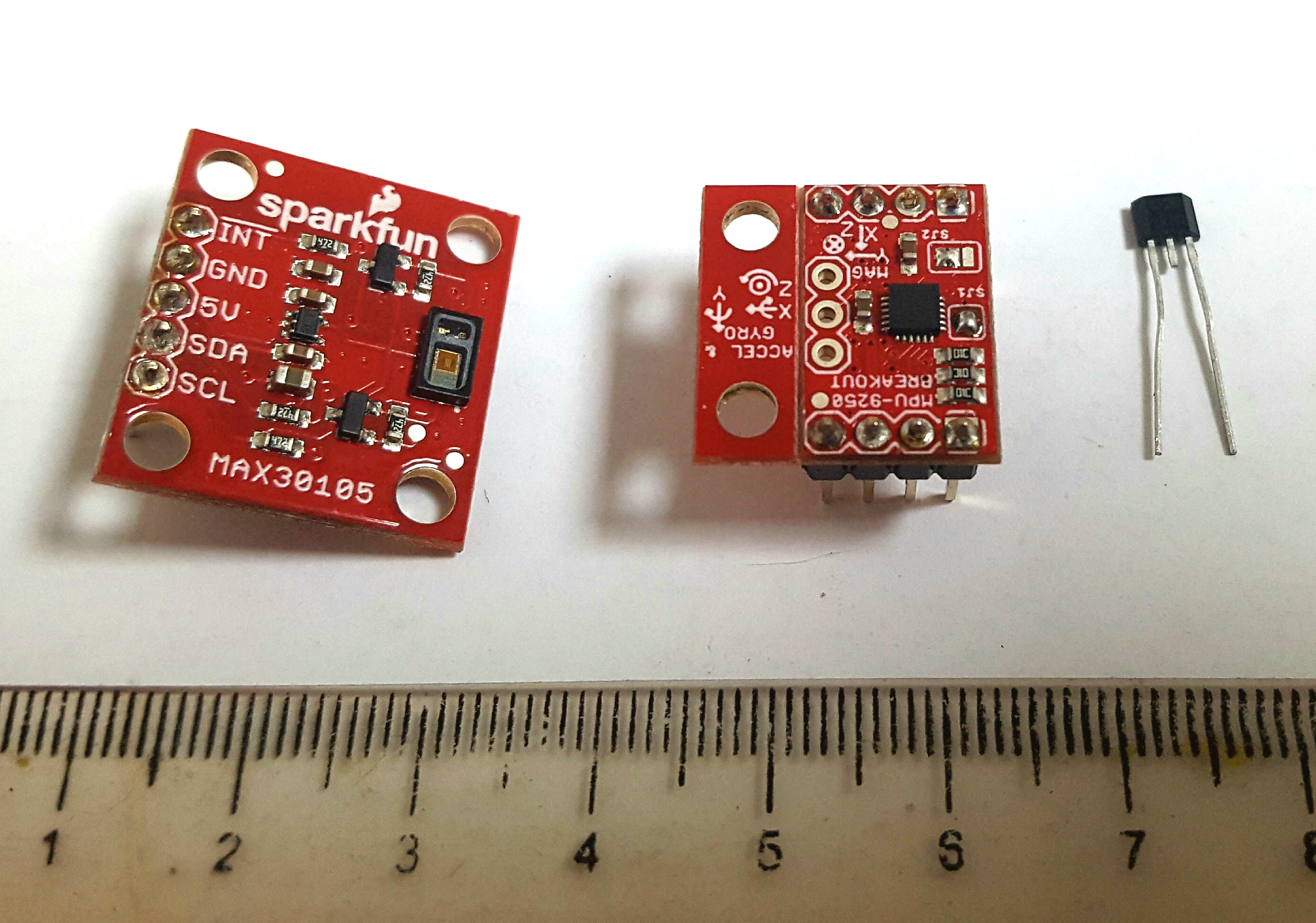
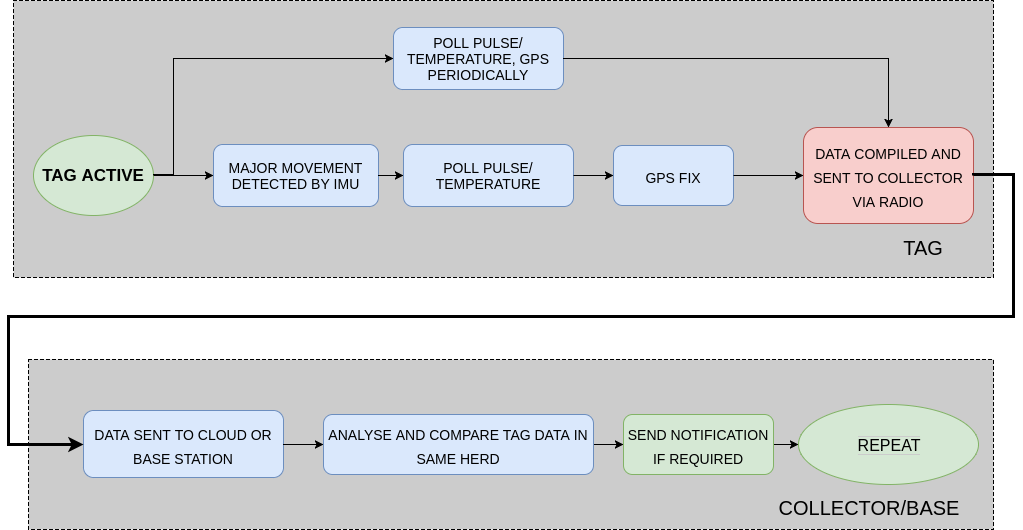

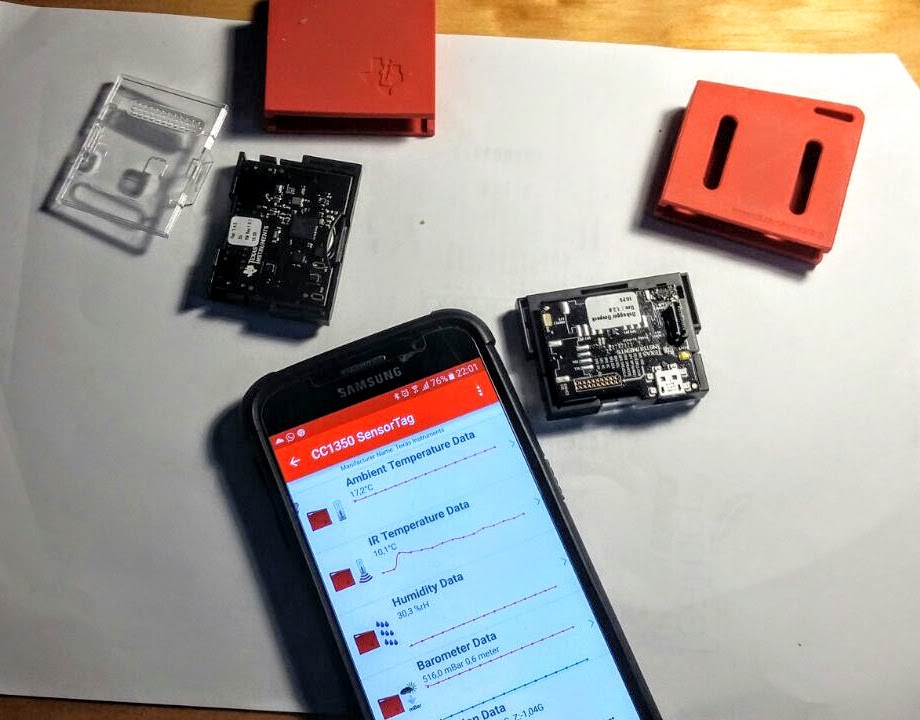
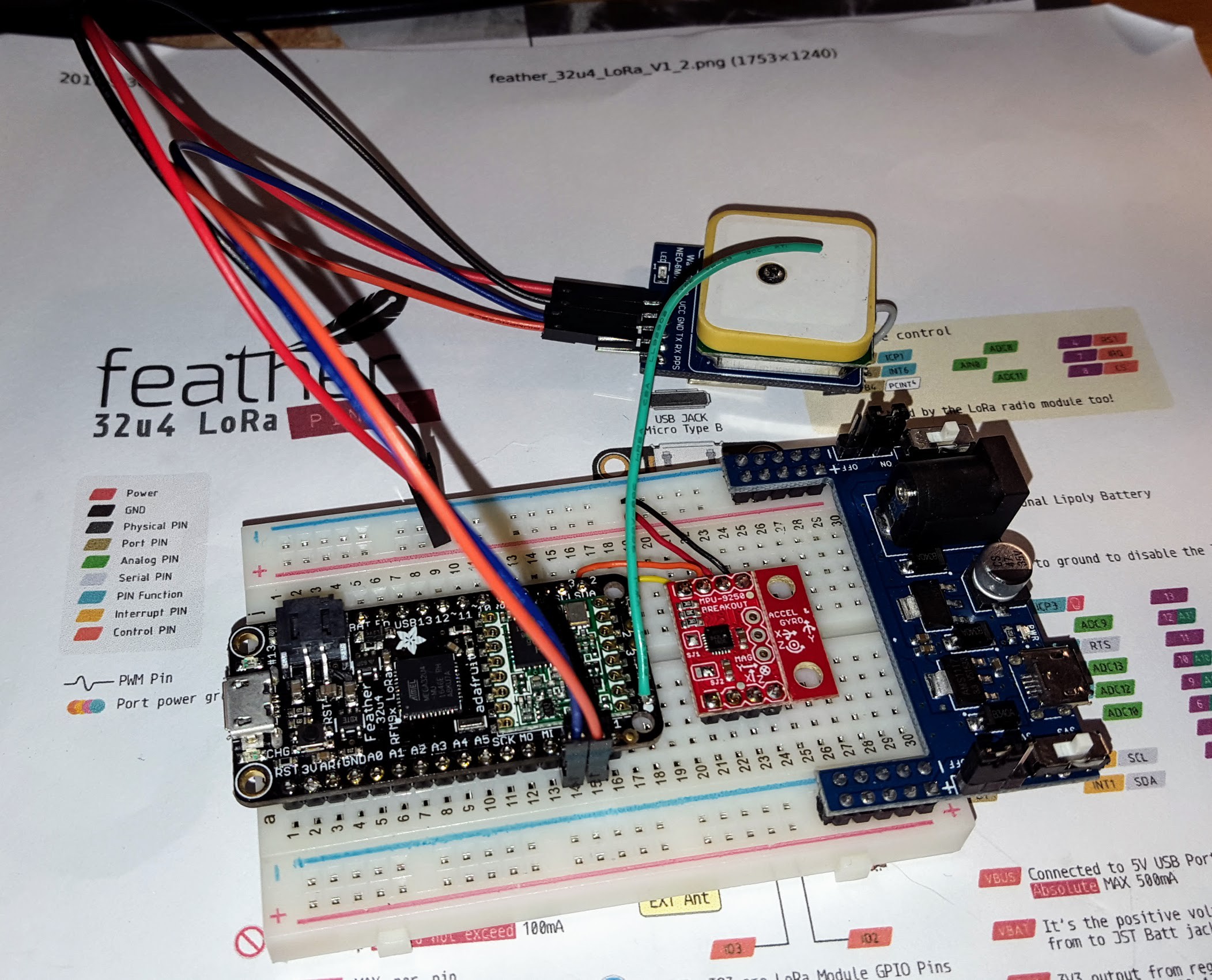
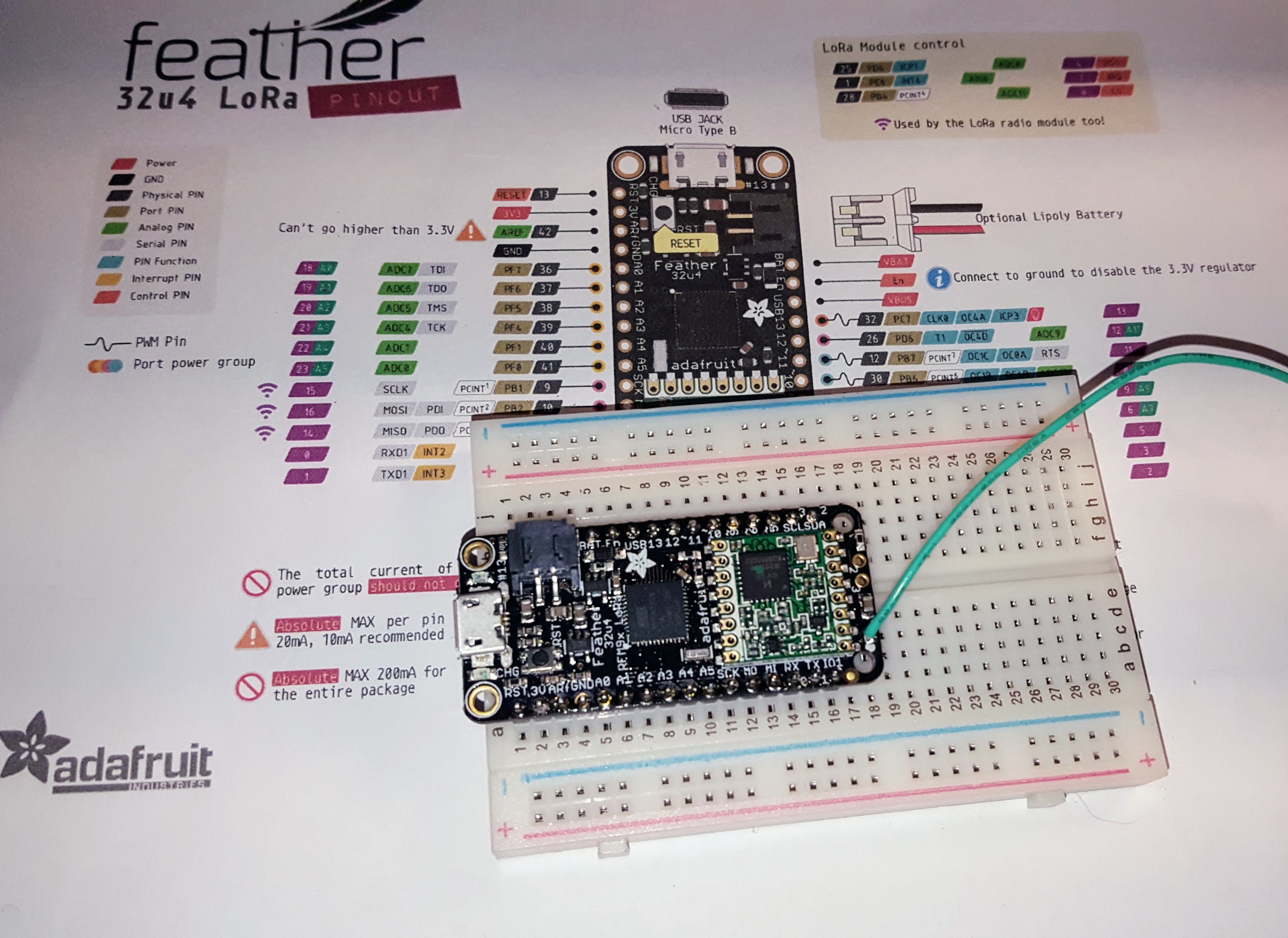
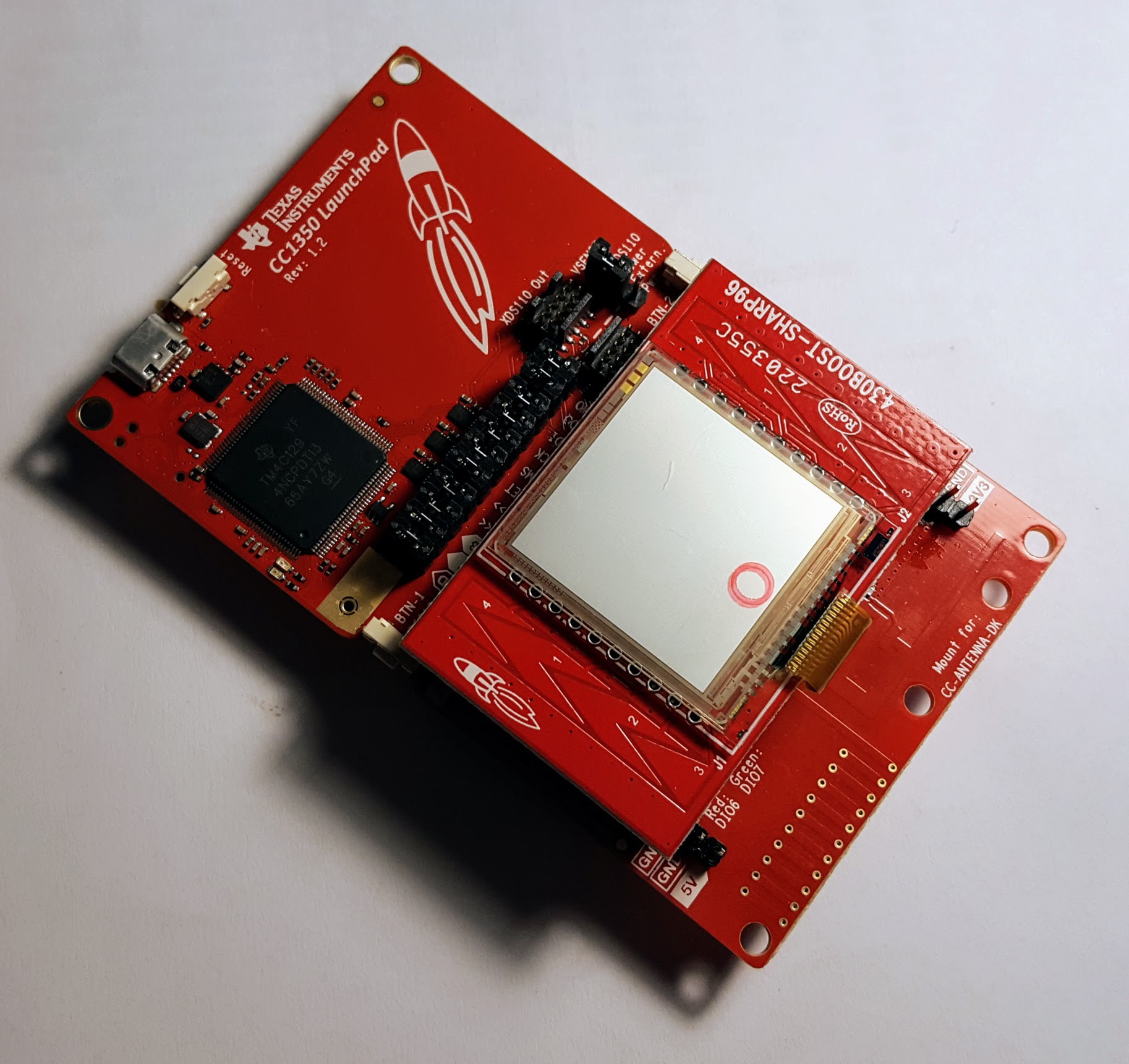


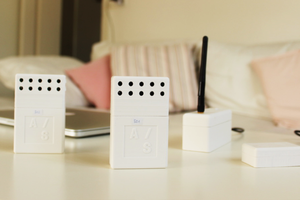
 Mario Frei
Mario Frei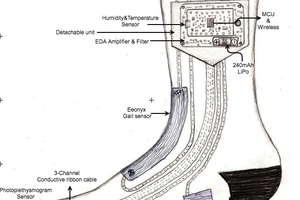
 Naveen Sridharan
Naveen Sridharan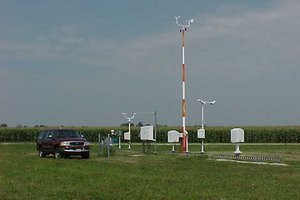
 sparks.ron
sparks.ron
Hi Danie, Did you use oxullo's lmax3010x library to interface the esp32 with the pulse oximeter? If so I might want to consult with you regarding this.